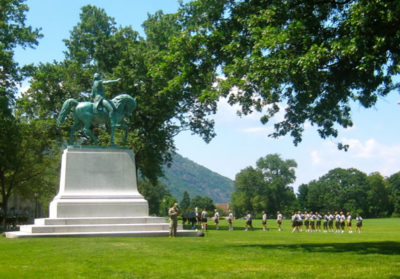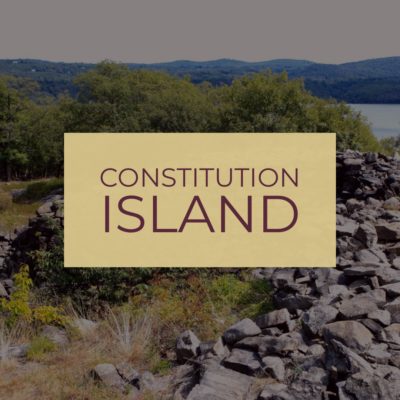Fortress West Point: A National Treasure
In 2025, we will begin celebrating the 250th anniversary of both the American Revolutionary War and General Washington’s becoming our nation’s first Commander in Chief as well as the 250th anniversary of the United States Army. It is fortuitous that so many traces of the military fortress – key to winning our independence – remain at the United States Military Academy, itself so central a factor in maintaining that freedom.
The ghost of the fortress undergirds the strength of the Academy. Many decades of erosion of Fortress West Point have left the “key of America” in a state of disrepair. Unless corrected, many sites will be lost forever in our lifetime. This goal of Fortress West Point is to be a resource of information that will help push forward the beginning stages of a much needed effort to save these unique sites built by our country’s dedicated American Revolutionary soldiers.
FORTRESS WEST POINT (1775 – Present Day)
After the Battle of Lexington and Concord in April of 1775, the first warlike act taken by the Continental Congress, upon convening in May 1775, was to appoint a committee “to consider what posts are necessary to be occupied in the Colony of New York.” They named then Congressman George Washington to head the study.
From the outset, the strategic significance of the Hudson River was recognized. Based on Washington’s committee’s report, Congress resolved that positions should be fortified “on each side of Hudson’s River and batteries erected in such a manner as will most effectively prevent any vessels passing” up the river. Control of the waterway by the British Navy would cut the colonies in half.
Fortifications began in 1775 in several locations including Constitution Island. In January 1778, soldiers crossed the frozen river and staked out positions on the dominant point of land jutting out from the west bank. That high ground made of granite had forced the river to narrow and make two sharp turns in its glacial course through the Highlands.
From that day to this, the American flag has never ceased flying over “the West Point,” bestowing on it the honor of being the oldest, continuously existing garrison in the U.S. Army, the post Washington called “the key of America.”
GENERAL GEORGE WASHINGTON AND WEST POINT
No statue on the fabled grounds of West Point is more fitting than that of General George Washington. It reflects perfectly the victorious warrior and visionary leader of character, mounted on a mighty steed, outstretched arm pointing to the future. Standing at the very center of the American Revolutionary War fortress and of the modern Academy – both called West Point – It symbolizes the central role the “father of our country” played in creating both.

“Garrison West Point. The importance of this last mentioned Post, is so great, as justly to have been considered, the key of America.” – Commander-in-Chief, General George Washington, Sentiments on a Peace Establishment, 2 May 1783.



